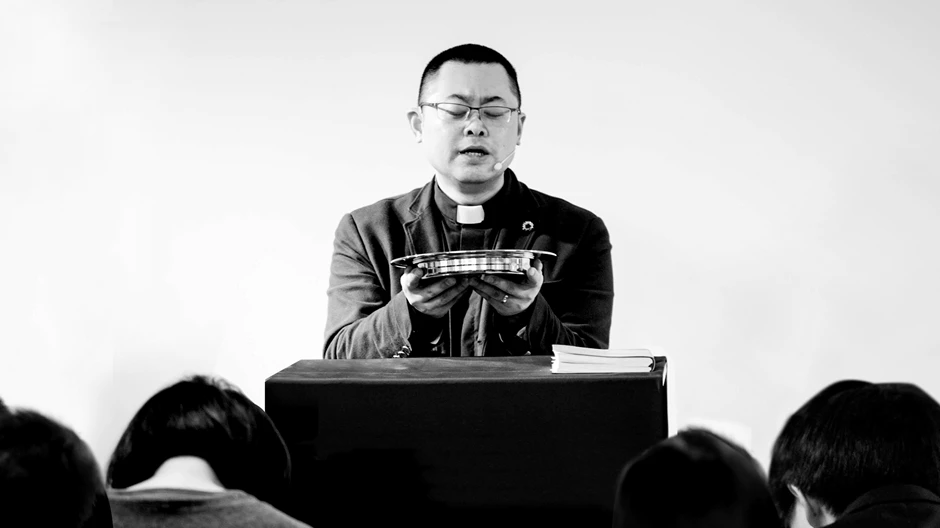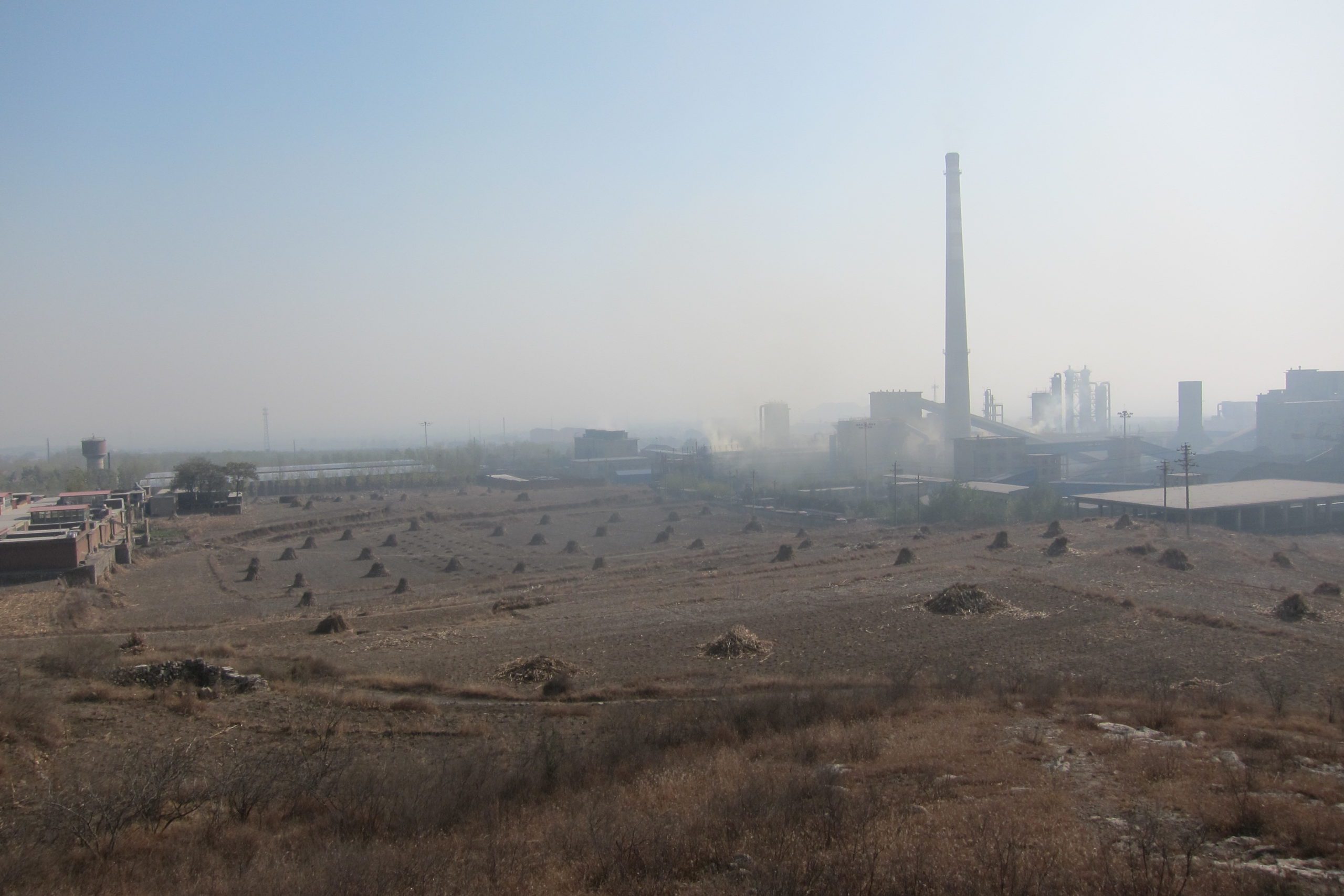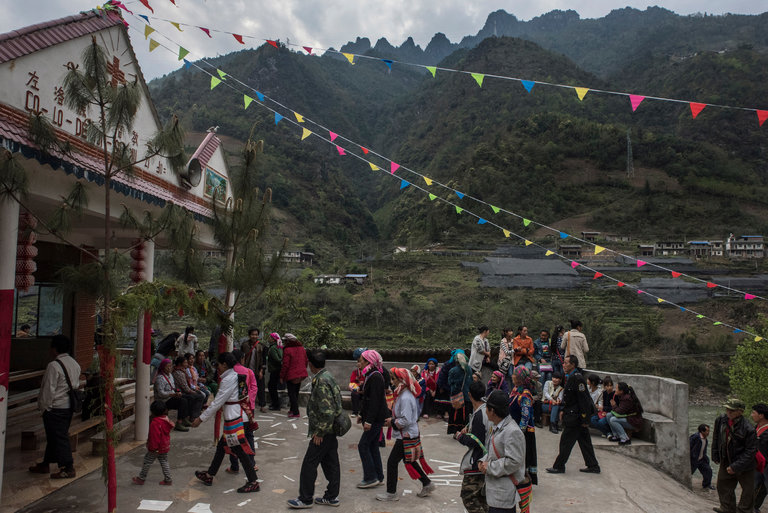
MINDFULNESS AND MEDITATION?
The Rubin Museum of Art recently held a groundbreaking exhibition on something of a taboo, or at least a surprising, topic in the West: the link between politics and Tibetan Buddhism.
I reviewed the show here, for the New York Review of Books, emphasizing how it (and the accompanying, must-read catalogue), challenge stereotypes of Buddhism as a “religion of peace.” Of course it can be interpreted as such, but it’s also –like every religion everywhere–been used to legitimize those in power, often through appeals to violence.
This show was also noteworthy for the often-rare pieces of art that the Rubin brought to New York City, some of which you can read about in the review or see in the catalogue.
Unfortunately none of the mainstream media, including the New York Times, either had the space for a review or got its importance, so you’ll have to make do with my report. And I have to say that I wouldn’t have understood its importance if not for a few friends who pointed it out and helped me realize its pioneering nature.
I was also helped much by curator Karl Debreczeny, who showed me around the exhibition in May, and answered my endless fact-checking questions afterwards. He and his staff make the Rubin an absolutely vital part of the new field of Tibetology.




